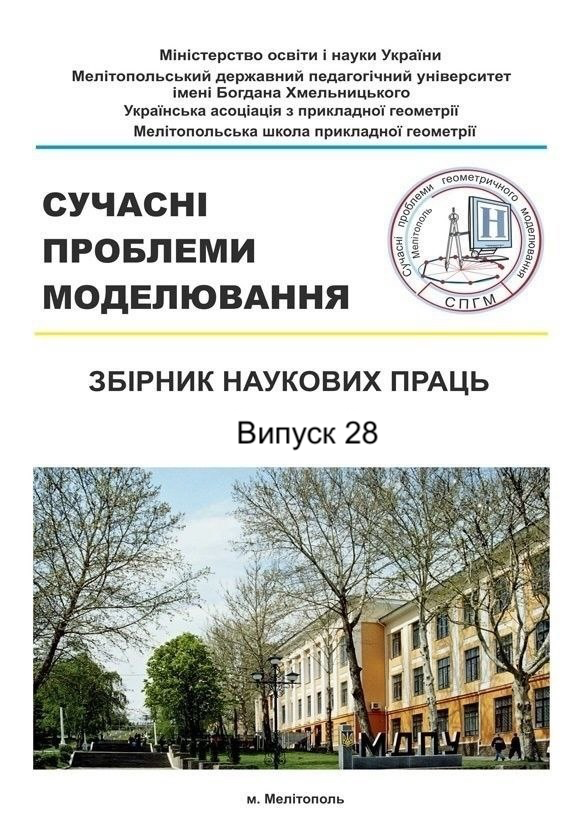GEOMETRIC METHOD FOR CONSTRUCTING THE BASIS OF THE DISCRETE ELEMENT H32
Abstract
This work examines serendipity finite elements (SFEs), which emerged in the late 1960s as an ingenious modification of Lagrangian two- and three-dimensional elements through the removal of internal interpolation nodes. The basis functions of serendipity finite elements found in the literature are referred to as standard functions. These functions are well-suited for the task of isoparametric mapping of a square into an arbitrary quadrilateral; however, the interpolation quality of standard bases is not always flawless. All standard bases of serendipity finite elements, except for the bilinear one, have disadvantages. The construction of SFE basis functions, in addition to traditional methods of matrix analysis, can also be performed using the Taylor series procedure. Unfortunately, polynomials created by both methods for higher-order elements exhibit certain drawbacks: an excessive number of multiple zeros at interpolation nodes (rigid model) and negative values when distributing uniform body forces among the nodes (unnatural distribution). A relevant issue in serendipity interpolation is the development of methods for constructing alternative higher-order bases that are free from these drawbacks. The existence of such bases was proven in the early 1980s. The specific nature of serendipity models requires abandoning the Taylor procedure, which is based on one-dimensional Lagrangian interpolation traditions. Only for first- and second-order elements do the results of both approaches coincide. Complex problems of higher-order SFEs are better addressed using methods of applied geometry. Using the example of a three-dimensional finite element with 32 nodes, the deficiencies of the Taylor interpolation procedure are analyzed. A geometric method for eliminating the shortcomings of the classical basis is proposed. The advantages of geometric construction of SFEs are undeniable – it enables the creation of alternative bases that are free from the limitations of standard bases. Moreover, successful geometric design makes it possible to optimize bases for improved interpolation and computational performance.
Key words: serendipity finite elements, interpolation, geometric construction, Taylor procedures, three-dimensional finite element, alternative higher-order basis.




